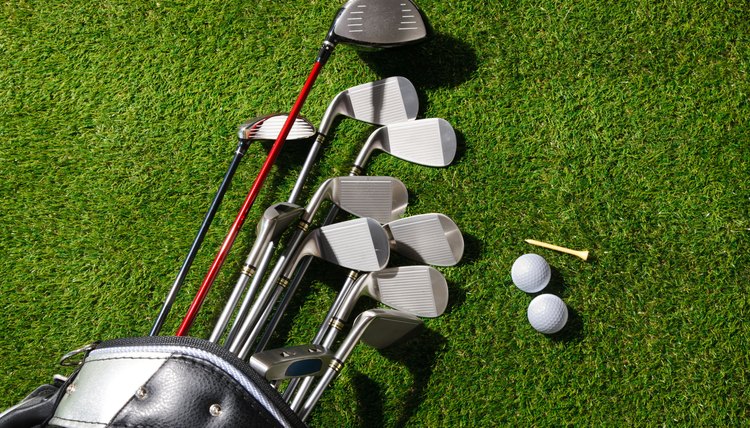What Is the Difference Between a 8.5 & a 10.5 Golf Driver?

Every year, golf club manufacturers come out with new clubs with new technology based on millions of dollars of research. But, for the most part these new technologies only change the materials of the clubs, not how they work. One basic measurement of drivers is loft angle. Loft angle is one of the most important considerations when choosing a new driver.
Loft Angle
Most often, when numbers are associated with drivers it refers to the loft of the driver. Loft is the angle of the face of the club relative to the ground. Besides putters, drivers have the smallest loft angle of any club in your bag. An 8.5 driver has a loft of 8.5 degrees, while a 10.5 driver has a loft of 10.5 degrees. A difference of only 2 degrees may not seem like a lot, it can make a world of difference out on the course.
Swing Speed
The greater the loft angle of a driver, the higher the ball will go. To maximize distance with your driver, you want the best possible trajectory mix of height and distance. Hit the ball too high and you lose distance, hit the ball too low and your ball will hit the ground too early. The perfect loft of driver for you will depend on your swing speed. Slower swing speeds require higher lofted drivers. Higher swing speeds are best suited toward lower lofted drivers.
Face Angle
Another angle that is commonly associated with drivers is face angle. Face angle is the angle of the club face relative to the shaft, rather than the ground. Some drivers are made with "closed" face angles to help golfer's that chronically push or slice the ball. A closed face driver places the toe, or tip, of the driver farther forward than the heel, or part of the driver that connects to the shaft. For a neutral driver, look for one that has a face angle of zero degrees.
Lie Angle
Lie angle is the angle of the bottom of the driver with respect to the ground. Clubmakers design each driver for the ideal swing. A driver's lie angle determines how it is set on the ground and therefore determines the angle of the shaft and the resulting swing. A standard lie angle for a driver is 50 degrees, but some companies make alternatives for golfer's who do not find this setup ideal. When trying a driver, set the bottom of the driver flat on the ground to align it properly, then swing. If the swing arc feels natural, then the lie angle is a good match for your swing.
References
Writer Bio
Patrick Hutchison has been doing freelance work since 2008. He has worked as a physical therapy aide and as a writer for various websites including Destination Guides and several travel-related companies. Hutchison has a Bachelor of Arts in history and anthropology from the University of Washington.
